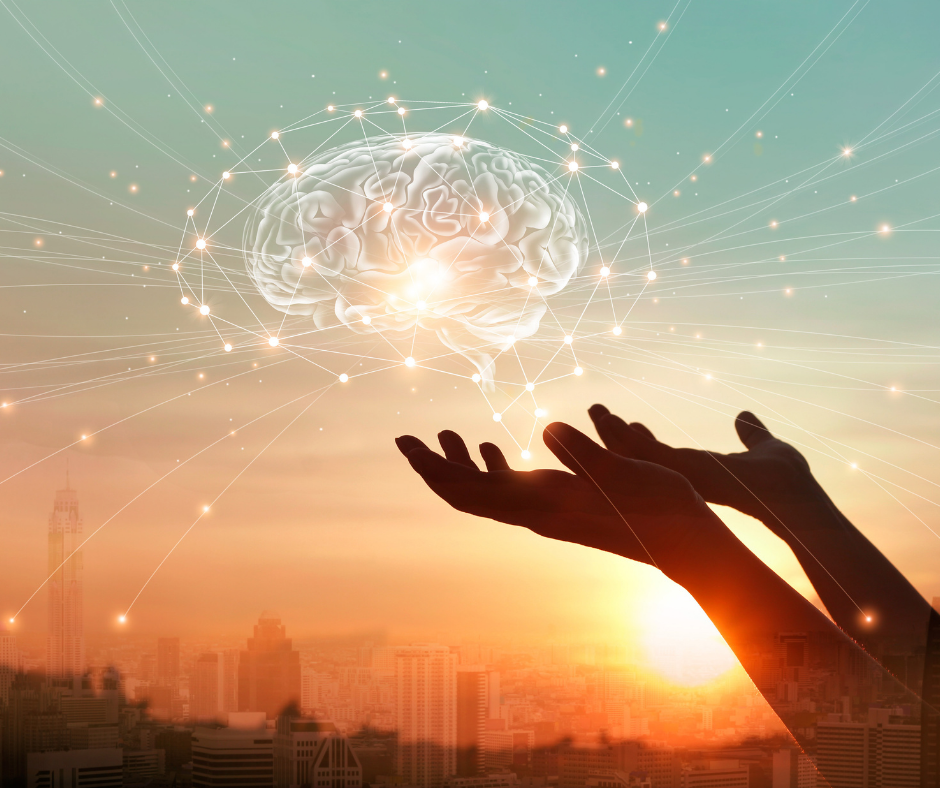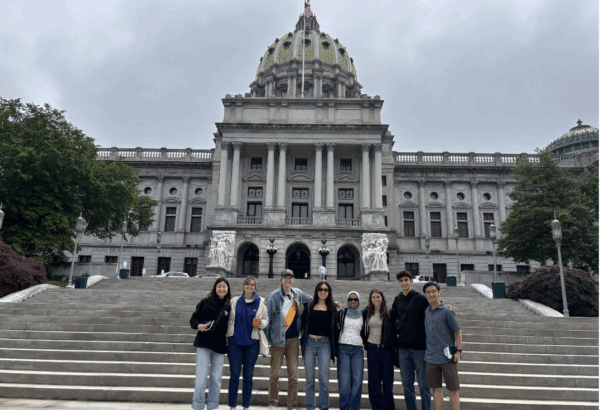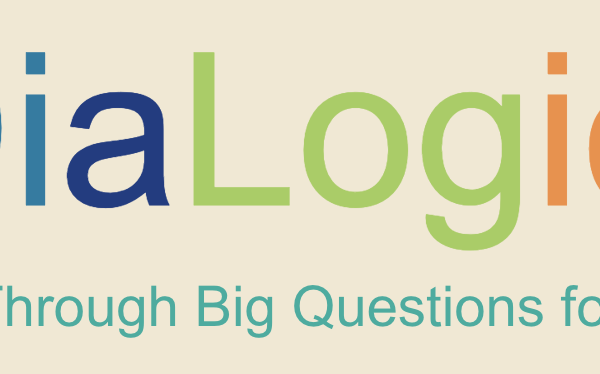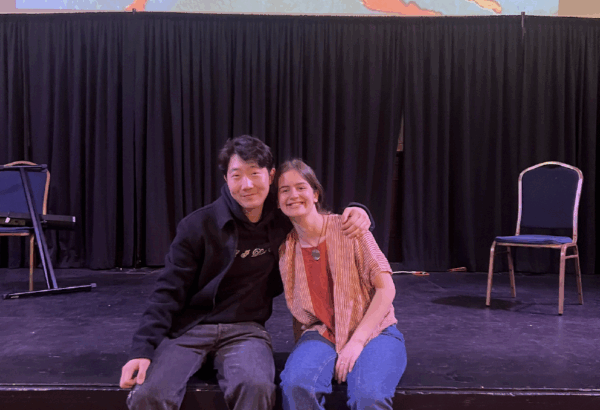My own brain is to me the most unaccountable of machinery—always buzzing, soaring roaring diving and then buried in mud. And why? What’s this passion for?
~Virginia Woolf [1]
Neurotheology: Interdisciplinary Exploration
This question is just one of many animating the work of neurologist Dr. Andrew Newberg in his book, Neurotheology: How Science Can Enlighten Us about Spirituality. With insight and humility, Newberg sheds light on the some of the “limitations” of science in “nailing down our subjective experiences of the world” but some of the possibilities created by “… interdisciplinary approach(es) to the big questions.”[2] One such approach is provided by neurotheology “a field of study linking the neurosciences with religion and theology.”[3] Neurotheology would not shy away from great big questions like “the nature of God, the nature of existence, and what it means to be human” but instead “strive(s) to incorporate the best of what science can offer and the best of what religion and theology can offer to address these questions.” [4]
Newberg uses experimental research to probe these kinds of existential questions aided by scientific tools. One such experiment, for example, asks those who have had a profound experience of spiritual enlightenment to describe it and uses their descriptions to generate the areas of the brain to examine during brain scans to note what kind of activity is taking place. A synergy between the experience of enlightenment, a subject’s ability to describe it and the measurable activity in the brain are all being examined and then reassessed through different interpretive frameworks. Newberg describes the details of this experiment in his lecture “Other Ways of Knowing: At the Intersection of Neuroscience and the Mystical” which was sponsored by Dr. Jackie Tileston, professor of Fine Arts in the Weitzman School and the SNF Paideia program. Newberg’s research works to better understand what Woolf’s “passion” looks like when it is experienced by the brain. What parts are active and engaged and what parts are not during spiritual experiences.
The Pandemic and the Brain
The brain in all of its complexity is subject to the highs of spiritual enlightenment but also the lows of this current moment. The pandemic and the accompanying social restrictions have altered the way our brains are functioning. According to a recent article in the Atlantic, “We’re all walking around with some mild cognitive impairment,” said Mike Yassa, a neuroscientist at UC Irvine. “Based on everything we know about the brain… a thing that’s very bad for it is chronic and perpetual stress.” [5] Tina Franklin a neuroscientist at Georgia Tech also quoted in the article discusses how boredom can cause stress. “What’s very clear in the literature is that environmental enrichment—being outside of your home, bumping into people, commuting, all of these changes that we are collectively being deprived of—is very associated with synaptic plasticity.”[6] The repetition of days upon days of working from home have not allowed our brains to develop by learning new things and experiencing changes. It can help to explain some of the fogginess or forgetfulness we may be feeling. Could it be akin to Virginia Woolf’s brain which after so much activity then inexplicably becomes “buried in mud”?
Spring and the Brain
Yet spring is here providing opportunities to be outside for longer periods of time. Being outside quite literally clears my mind providing new things to think about and experience. Actively walking outside seems to connect mind and body in ways that seem especially healing this year. Nature comforts the brain with a kind of wonder and an acceptance of the unresolved. Questions that like those of Virginia Woolf’s above, can remain happily unanswered.
[1] “The Letters of Virginia Woolf: 1932-1935” The quote is from a letter to Ethel Smyth dated 28 Dec 1932. http://metaphors.iath.virginia.edu/metaphors/17365
[2] Andrew Newberg Neurotheology: How Science Can Enlighten Us about Spirituality (Columbia University Press, 2018) 2.
[3] According to Newberg, “It is important to understand that both the “neuro” and the “theology” components must be considered broadly; neurotheology includes anthropology, cognitive neuroscience, neurology, psychology, and sociology on one hand and beliefs, myths, religion, rituals, spiritual practices, spirituality, and theology on the other.” (ibid, 6).
[5] https://www.theatlantic.com/health/archive/2021/03/what-pandemic-doing-our-brains/618221/
[6] https://www.theatlantic.com/health/archive/2021/03/what-pandemic-doing-our-brains/618221/




